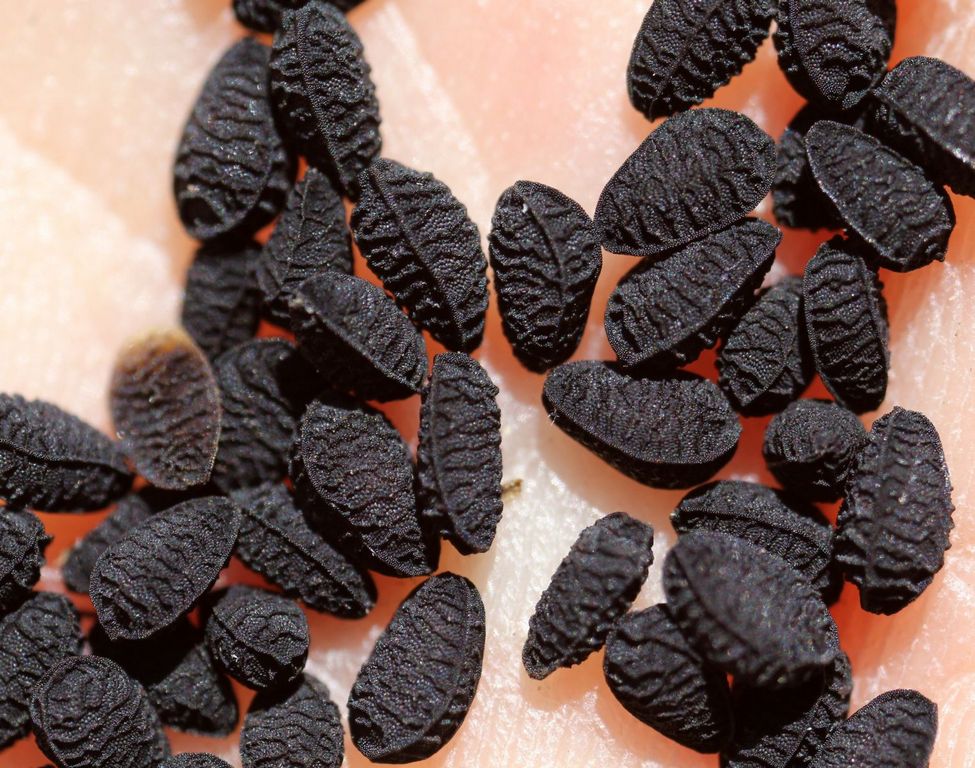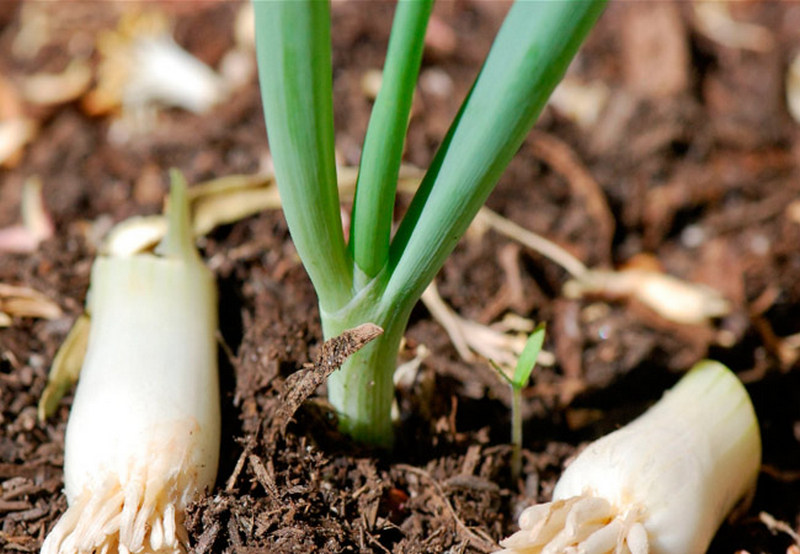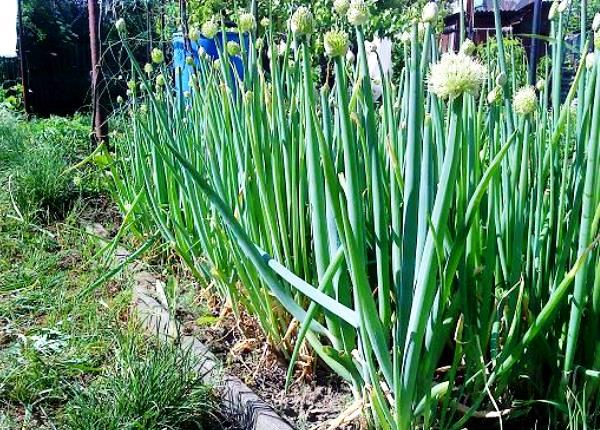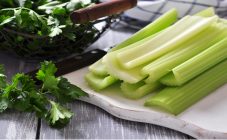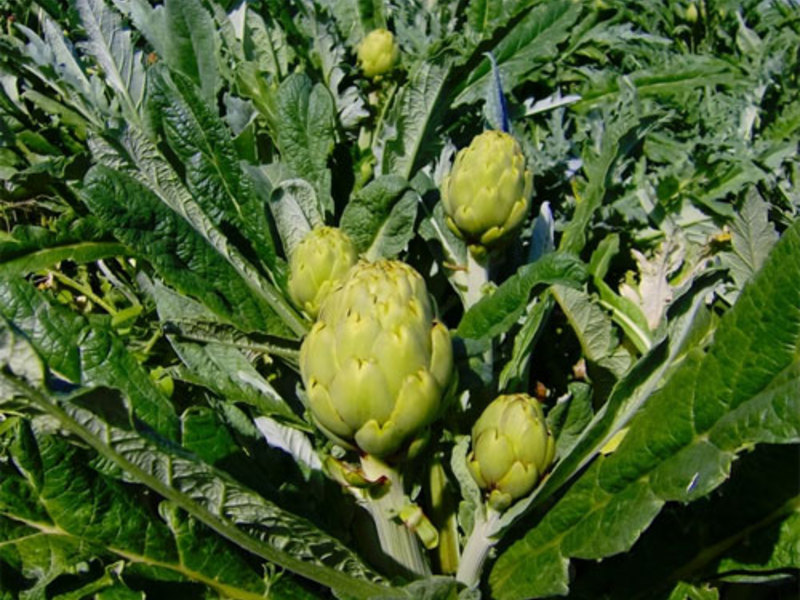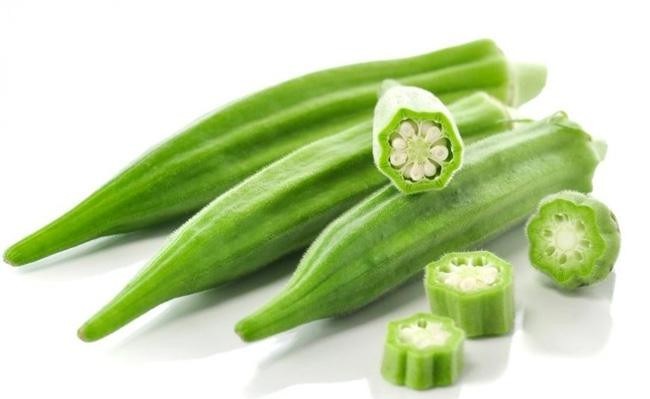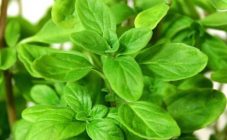Content:
Onions are an integral component for a variety of culinary dishes, are included in folk medicine, used in everyday life, cosmetology. That is why gardeners are keen to choose a variety that will bring high yields. An excellent option for planting is black onion. If you follow all the recommendations, then it is not difficult to grow it.
It is important to remember one rule: the timing of planting affects how the crop will turn out: a full-fledged head or a small sowing. It is recommended to choose the latter type for experienced gardeners, since in most cases beginners have weak seedlings. As a result, they develop for a long time or die in 90% of cases. If it is supposed to land in open ground, then this can be done when the ground is warmed up to + 5-10 degrees, sufficiently moistened. The optimal time period is the beginning of May (up to the 10th).
Site selection for planting
The area for the bow should be well lit (only light shade is allowed). Lowlands are excluded, since the plant does not tolerate cold. Before planting, the soil must be thoroughly loosened and special dressing for onions must be added.
Reproduction of culture
Special black onions are just seeds from which you can get regular onions. In 90% of cases, for the convenience of work, onions are sown with seeds (they are black). They are obtained from the inflorescences (umbrellas) that appear at the ends of the arrows.
If the bow is necessary in the future to obtain greens, then shooting should not be allowed. This is due to the fact that the formation of the bow head, from which the arrows should come out, will be disrupted. Reproduction of a culture in the correct sequence should be done like this:
- seeds are sown in the first year - onion sets are formed (seed material for the next plantings);
- in the second year, the sevok is already planted - the uterus bulb is formed;
- in the third year, the uterus is planted - you can get seeds from it.
Reproduction stages are simple, but take a long time period. A similar method is used by the middle lane, Moscow region. The southern regions use a slightly different technique: sowing is done in autumn, and the harvest is harvested after the snow cover has melted. In order to keep the planting from frost, ordinary straw is used.
Nigella onions can be sown on seedlings, which will then be transferred to open soil. The most suitable breeding method for a bulbous culture is determined by the characteristics of the terrain, soil and climate. For the middle lane, the spring period is preferable, since the full preparation of fertile soil in winter is impossible. The southern regions also choose autumn as a planting time, since winters are milder here. In the autumn and spring, digging and loosening of the soil, fertilization are carried out.
In order to plant, you need to store a large number of suitable for further use seeds or bulbs. That is why planting material must be stored in special conditions: in a cool room, protected from water and light. Damaged or rotted specimens should be removed.
With the onset of weather conditions suitable for planting, the bulbous material must be brought into a warm room (temperature indicators are not lower than 25 degrees).The next day, you need to disinfect with a solution that will contain table salt, potassium permanganate and copper sulfate.
Sowing of black onions in prepared open ground is carried out in the spring. It must be remembered that you do not need to press down on the soil from above. The sowing depth should not be too great. The subsequent process of leaving is simple: you need to carry out weeding (every day) and watering as needed. All manipulations must be carried out in the morning or evening hours, when the plant has active biological processes that accelerate growth and development.
Sowing with seeds
If the method of sowing with seeds is chosen, then the first thing that needs to be done is to prepare the soil, dig it up well, make it soft, loose. Then fertilizers or top dressing are applied (if the soil was fertilized last season or earlier, beets or cabbage grew on this area). Loosening is required because onions have a weak root system: if the soil is heavy, it will not be able to break through it or grow into a strong plant, the turnip (if it can form) will be shallow and show poor storage data. Even high-quality planting material cannot fully germinate in unprepared soil - this must be taken into account. Good soil:
- moistened (but not flooded, since excess moisture will negatively affect the root system of the plant, which is considered weak);
- nutritious (fertilizers applied in advance will help improve this indicator, and top dressing - to maintain optimal conditions);
- light in structure (not clay).
It must contain all the necessary nutrients. Ideal predecessors are melons, as well as legumes or Solanaceae. Good soil - loam or sandy loam, here the black onion can quickly take root and begin to develop, without spending a lot of effort on breaking through the top layer at the time of seed germination.
During the preparation of the planting site, it is recommended to add humus or compost at the rate of 5 kg per 1 m².
An important tip for those who decide to plant onions: if in the previous year such an event as liming the soil was carried out, it is recommended to postpone the cultivation of this crop until the next season, the current one will be preparatory, and the plant itself will be grown after another 1 year. It turns out that during the period of summer and winter, the soil is fertilized and rests, then it is prepared for the fact that onions will be grown in it.
Other suitable crops may be planted beforehand. In the spring of the year of planting onions, it is necessary to thoroughly loosen the fertile soil, it is necessary to crush the lumps to saturate the soil with oxygen. You can add a small amount of ammonium nitrate at the rate of 20 g per 1 m². Other types of fertilizers should be applied with extreme caution and consult with experienced gardeners before the procedure.
Care for emerging seedlings involves weeding. It should be frequent, since weeds and grasses take up a significant part of nutrients and oxygen. You need to spend it in the morning. Watering is also required - the soil should not be overdried. You can also fertilize 1-2 times per season, especially if no fertilizers have been applied earlier.
Planting seedlings
If it was necessary to germinate seeds and then plant onions with seedlings, then the plant will go through all stages of development in one season (before harvesting - spring-autumn). In this case, you will first get a small head (set), which will then form into a full-fledged bulb. For planting using seedlings, you need to choose the seeds of annual onion varieties.Seeds must be sown at home in containers in March-April, then in the spring, before planting, prepare the site and place the seedlings.
For the first stage of cultivation, both germinated and dry seeds are used. At home, it is required to control the humidity indicators. If dry seeds have been used, they will also germinate 90% with proper care. The suitability of seedlings, if they are powerful, rich green, strong. It is required to plant it in moistened and dug soil.
Seedlings need to be watered regularly, avoiding drying out. If the cultivation is carried out on a balcony or terrace, then in the period from February to the end of March, film can be used to achieve an optimal microclimate. With the transition of the temperature through the mark of 5-7 degrees, it can be removed.
Culture care
Correct planting of black onions in spring is done in warm weather, when the soil is warmed up to +10 degrees. It is important to carry out activities aimed at eliminating possible diseases, such as powdery mildew, rotting. For this purpose, you can sow dill nearby. Adding ash will help keep pests away. You can ask experienced gardeners what features of growing black onions from seeds or seedlings have, when to plant and how to care, taking into account the peculiarities of the area and climate.
Each seed can sprout if properly cared for. The first top dressing is recommended to be done 2 weeks after germination. It will help give a quick push to the formation of the bulb. If green feathers are used, then it is not necessary to cut it off completely, leaving 3-4 cm. Features of care depend on weather conditions, so the amount of watering increases during a dry period. If the soil is black earth, then the subcrust can be reduced or not carried out at all.
How to harvest
In order for the onion to please in the winter, it is not enough to properly grow it in the open field. It is important to follow the rules of collection and storage so that you can use the bulbs, as well as use small specimens for planting next year. A feature that should be taken into account if it is supposed to plant onion sets: to store it in winter, you need to reduce watering since July.
It will be necessary to harvest the black onion on the 20th of August. The sevok should be dug out at the moment when the neck of the plant dries up noticeably, and the onion tops turn yellow and lie down. It is recommended to choose a day for cleaning, which will pass without precipitation. This is necessary so that small-sized bulbs can dry naturally (in the sun). In the event that the harvested crop gets wet, it must be laid out in one layer, then placed in a well-ventilated area. It is also necessary to remove fallen husks to prevent rotting.
Careful and timely drying guarantees the safety of onions in an amount of at least 85% until spring. It is recommended to dry onions in 3 stages:
- keep it for the first week indoors at a temperature of about + 20 ° C;
- then stand at an air temperature of +30 (also a week);
- at the end, raise the temperature to 35 degrees and leave the onion for another 7 days.
This temperature regime is easy to maintain using conventional household heating appliances.
The onions must then be sorted for storage. Good specimens are tucked into wooden boxes or cloth bags. The rest of the time it is stored in a dark room, the temperature in which is +18 degrees on average. Seedling onions should be periodically moved to remove rotten or spoiled heads.
Thus, the calendar indicates that the black onion should be planted in early spring and harvested in late or mid-summer (depending on the purpose of further use). A special planter can be used to plant seeds in large quantities.For convenience, gardeners use the lunar calendar for germination, planting and harvesting. It contains a description of each stage, which allows you to make proper care, not to miss the time when the plant should be fed.
The main condition is timely weeding, since the plant is weaker than most weeds. And they actively take nutrients and useful microelements from the soil. The onion crop should be kept cool so that it does not germinate - green feathers appear. Active germination occurs in the spring, so you need to carefully monitor the condition of the onion at this time, especially if it is supposed to be sown again in open ground. The seedling should be strong, not wet. Experienced gardeners and gardeners will tell you when to plant onions on seeds or nigella heads so that the result is good. The sowing period may vary slightly by region and city, as much depends on climatic conditions. So black onion and its cultivation from seeds, when planted and harvested at a certain time, becomes a special object for gardeners - it helps to learn the peculiarities of caring for cultivated plants and study all stages of growth and development of a popular vegetable.

